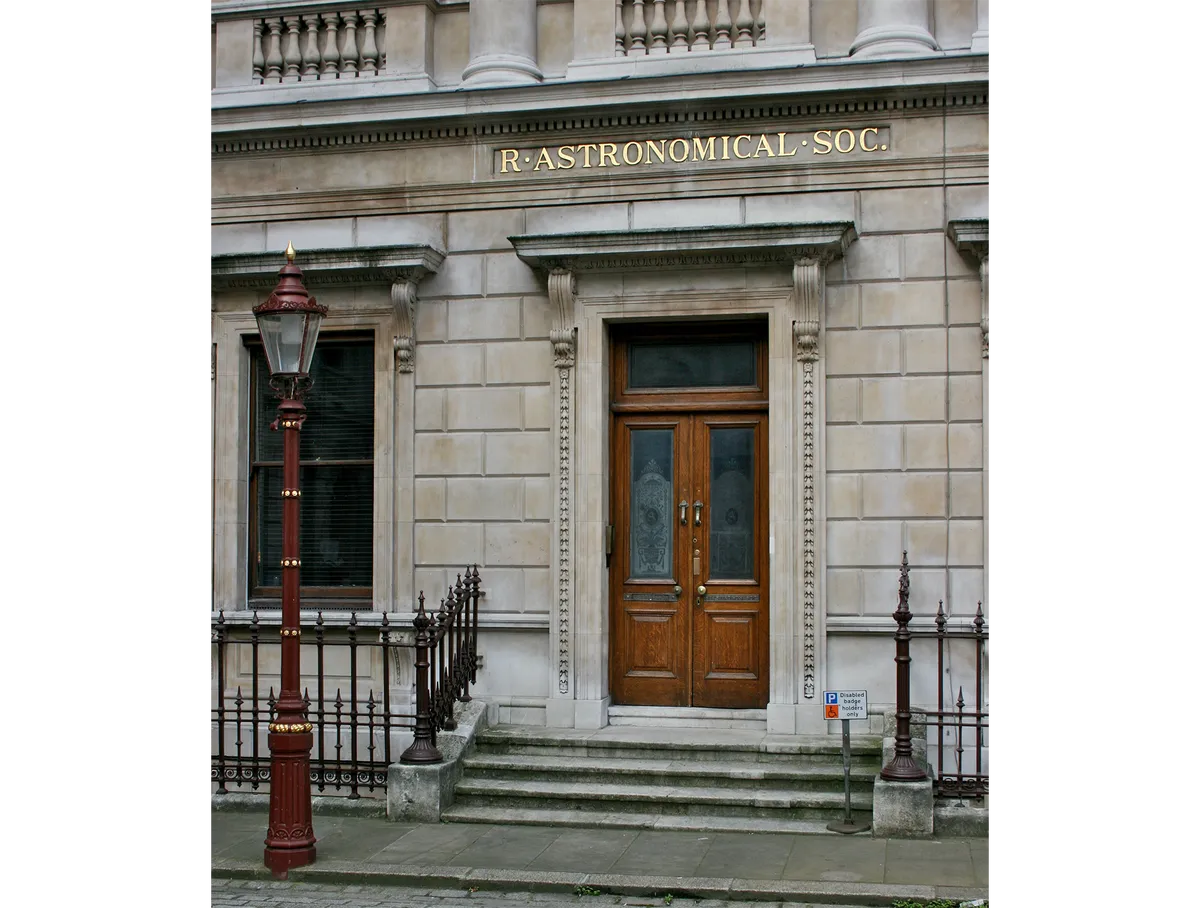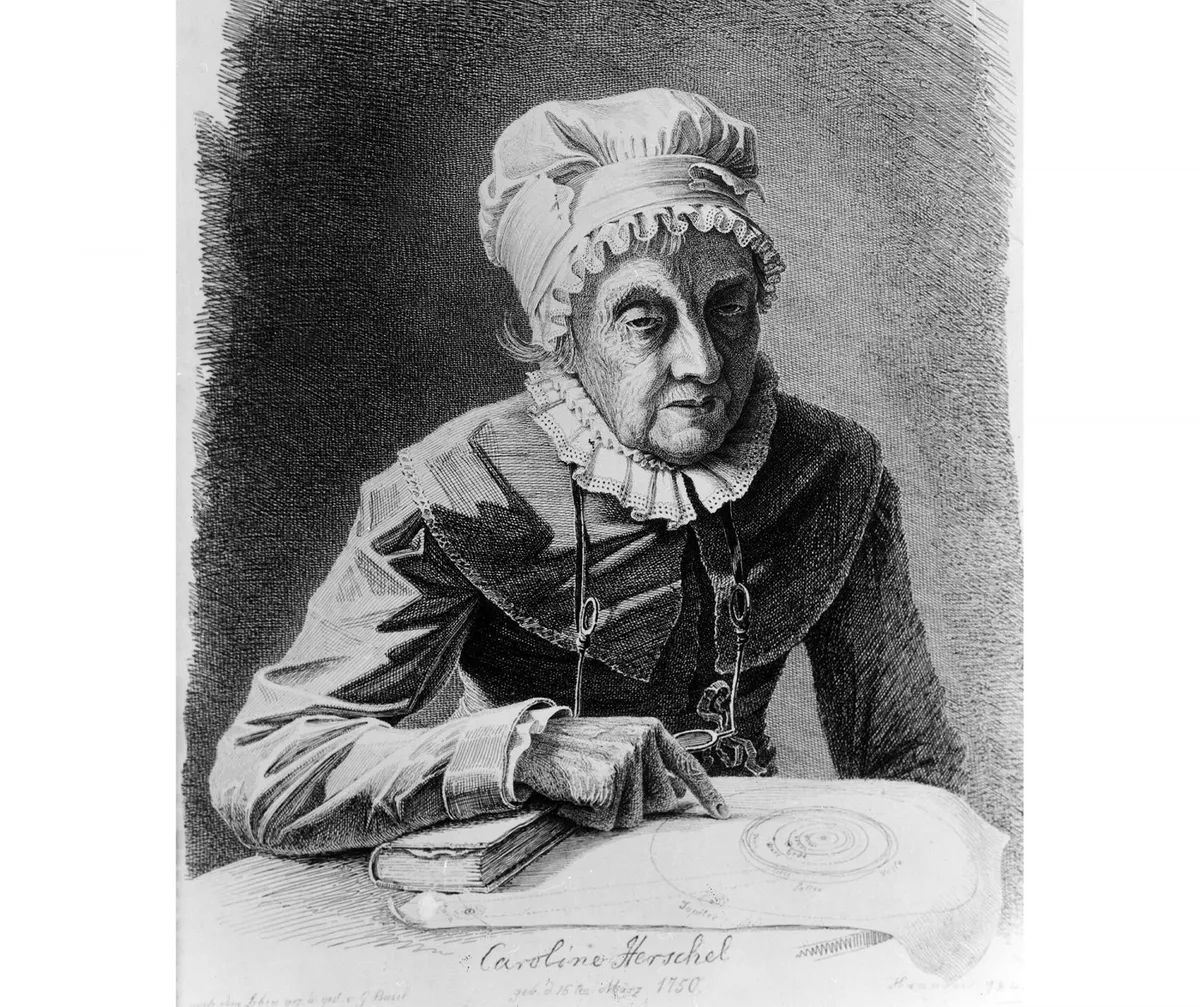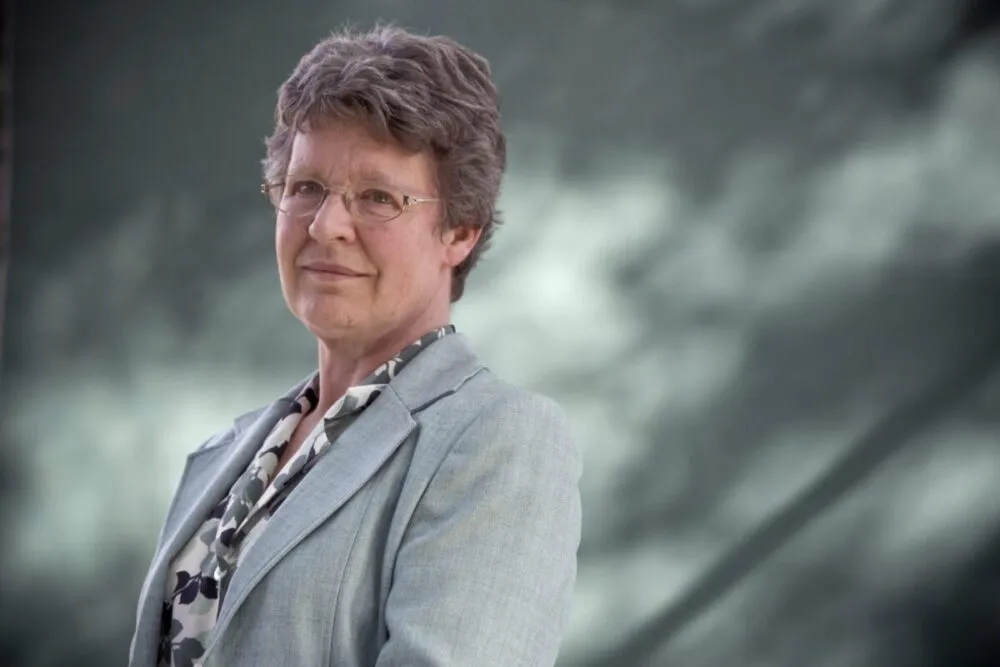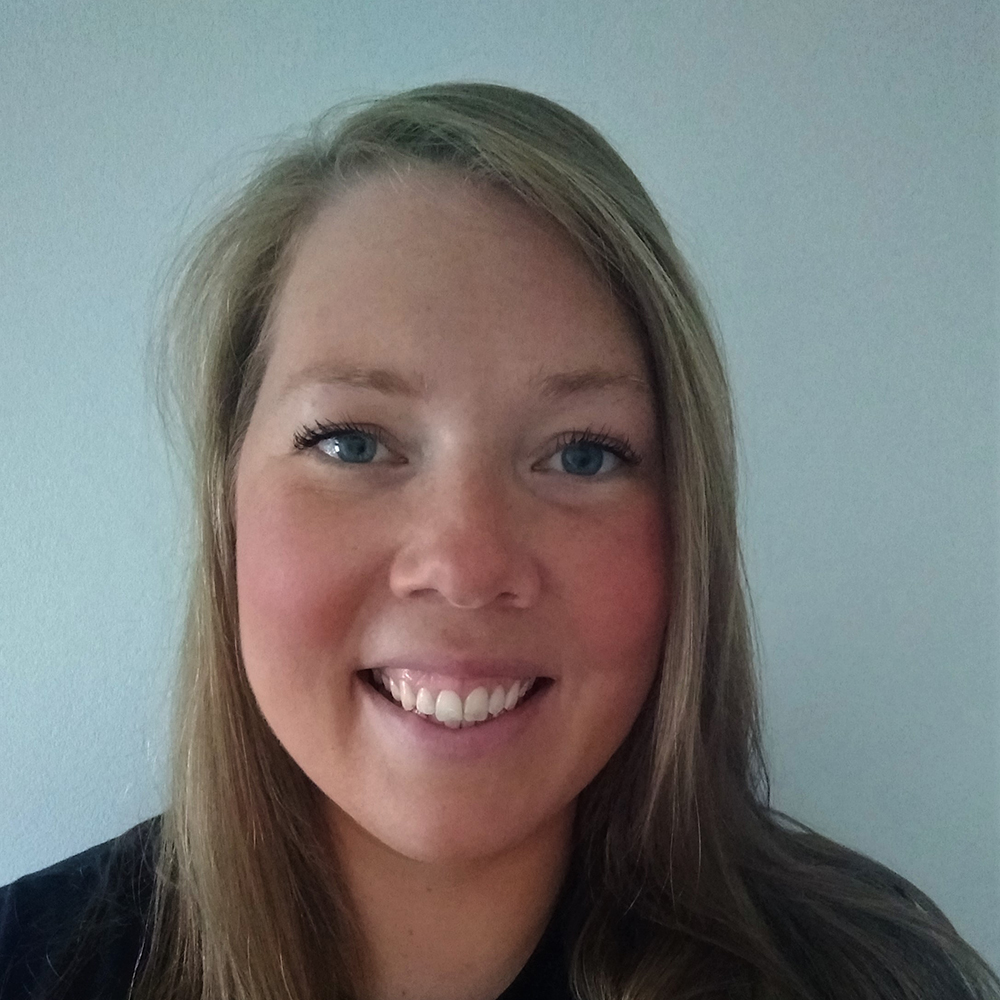The Royal Astronomical Society came into being when 14 gentlemen astronomers met for dinner on 12 January 1820 in London at the Freemason’s Tavern in Lincoln’s Inn Fields. There, they formed the Astronomical Society of London, which would eventually grow into the 4,000 member-strong RAS we know today.
Now, as then, its motto is ‘Quicquid nitet notandum’ – ‘whatever shines should be observed’.
Based in Burlington House, once a private mansion in a courtyard in London’s Piccadilly, the Society shares a home with other learned societies such as the Geological Society, the Royal Society of Chemistry and the Royal Academy of Arts.
Read more about the history of astronomy:
- A conversation with Galileo
- The making of the Messier catalogue
- The life of US astronomer Clyde Tombaugh
Its library houses thousands of specialist books, photographs, archives and manuscripts dating back to the 15th century.
Original works by Copernicus, Schwabe and Cassini – even a piece of apple tree said to derive from Newton’s garden – can all be found in the Society’s library.
Members meet regularly at Burlington House to hear and discuss current research in astronomy among peers and the public.
There’s also a five-day UK event organised and funded by the Society every year, the National Astronomy Meeting, which is usually held in spring or summer and attracts around 600 attendees for talks, discussions and public lectures on the latest astronomical research.

Throughout the year, the RAS hosts an array of committees that oversee its membership, award outstanding contributions to astronomy and promote education and outreach, all directed and managed by its council.
Mike Cruise, the current president, is professor of astrophysics and space research at Birmingham University and a researcher of gravitational waves and general relativity.
Yet while it is now considered one of the most eminent societies in the world, encouraging and promoting astronomy, cosmology, Solar System science and geophysics to all, the RAS wasn’t always as open.
Like most revered societies of the time, from its inception membership of the RAS was solely limited to men, and little thought was given to the fact that women would want to join the Society.
This was partly down to the traditional expectations of women at the time with regard to the pursuit of science, and it was not helped by the fact that membership rules simply referred to ‘he’ and ‘him’.
But this exclusion did not stop the society recognising female astronomers and the work that they achieved.
Caroline Herschel was awarded the Gold Medal in 1828 for her groundbreaking work on nebulae. Housekeeper to her brother, the famous astronomer William Herschel, Caroline also contributed to the famous family’s astronomical work.
In 1783 she discovered three nebulae, including Messier 110, and was the first woman to discover a comet, 35P/Herschel-Rigollet, in 1788.
In 1835, honorary membership was bestowed to women before, finally, the acceptance of women as RAS Fellows came in 1916.
Today, the group welcomes astronomers from all walks of life and encourages applications for membership irrespective of race, gender, disability, religion or sexuality.

Caroline Herschel’s brother William was an accomplished astronomer and composer, and became the first President of the RAS after it was founded, a post since held by a long list of distinguished astronomers including former Astronomer Royal Sir George Airy, who was first elected President in 1835, and Sir Bernard Lovell, who founded Jodrell Bank Observatory and was RAS President from 1969-71.
There have been only three female Presidents, the first being Dame Carole Jordan, who was elected in 1994 and is a world authority on stellar and solar physics. Since then, Professor Jocelyn Bell Burnell, co-discoverer of neutron stars, and geophysicist Professor Kathryn Whaler have taken up the post, in 2002 and 2004 respectively.
Beyond its role disseminating information, the RAS also rewards achievements in astronomy and geophysics.
Medals are awarded for an array of subjects including theoretical astrophysics, solar terrestrial physics and education.
The highest award given is the Gold Medal in astronomy and geophysics, and it has been bestowed on a number of illustrious scientists since the 1800s.
It was first presented in 1824 to Charles Babbage for his mechanical computer, which was used to calculate mathematical and astronomical tables, and also to Johann Franz Encke for his calculations and prediction in the return of Comet Encke.
Other recipients include Albert Einstein; theoretical physicist Ejnar Hertzsprung, co-creator of the Hertzsprung-Russell diagram; cosmologist Edwin Hubble; radio astronomer Jan Oort and the late Professor Stephen Hawking.
After Caroline Herschel became the first female winner of the prize in 1828 for her work in observing and cataloguing nebulae, it would be 168 years before another woman would win the Gold Medal, when Vera Rubin was awarded it for her pioneering research on the rotation of galaxies, which provided some of the earliest evidence for dark matter.
The most recent recipient of the Gold Medal was US astronomer Professor Robert Kennicutt, who received the Gold Medal in recognition of his research on star formation in galaxies.
“I got the news via email shortly after New Year’s, and I was utterly stunned and moved by it, actually disbelieving at first,” says Prof Kennicutt, formerly of the University of Cambridge but now an astronomer at the University of Arizona.
“To join such a distinguished list of previous winners is an honour beyond description.”
The RAS has come a long way since its inaugural meeting at a candle-lit tavern two centuries ago.
And, by staying focused on how astronomy can inspire and motivate people, recognising incredible achievements and encouraging the study of astronomy and geophysics, the Society has a bright, exciting future ahead.

Eminent RAS Fellows
Sir William Herschel (1738-1822)First President of the Society who discovered Uranus in 1781. His Great 40-foot telescope, which was used to discover the moons of Saturn forms the Society’s crest.
Francis Baily (1774-1844)President of the Society four times. Famous for his research on Baily’s Beads, arcs of bright spots observed during an eclipse. He first described these during an annular eclipse of 1836.
Annie Scott Dill Maunder (1868-1947)One of the first women to be elected as a Fellow in 1916. She worked at the Royal Observatory Greenwich on observational data and photographed the Sun’s atmosphere during an eclipse.
Sir Patrick Moore (1923-2012)Astronomer and presenter of The Sky at Night. Moore wrote the Caldwell Catalogue, a list of star clusters, galaxies and nebulae that complements the Messier Catalogue.
Dame Jocelyn Bell Burnell (b.1943)President of the Society from 2002-04.The astrophysicist co-discovered the first radio pulsars in 1967.
Professor Bernard Schutz (b.1946)Winner of the 2019 Eddington Medal for research in gravitational waves. He is one of the founding members of the Max Planck Institute for Gravitational Physics located in Germany.
A history of the RAS
1820 The Astronomical Society of London is formed
1824 Charles Babbage and Johann Encke receive the first Gold Medal
1827 Monthly Notices, the RAS’s newsletter, is first published
1831 Royal charter signed by William IV
1916 Women are accepted as Fellows
1919 Einstein’s theory of general relativity is tested, and the results are presented at a joint meeting with the Royal Society
1948 The first ‘out of town’ meeting is held in Edinburgh
1970 The Royal Mail celebrates the 150th anniversary with a commemorative stamp
1994 The first female President, Carole Jordan, is elected
2020 The bicentenary of the RAS
Follow theRoyal Astronomical Society:
Online www.ras.ac.uk
Social media @RoyalAstroSoc
YouTubewww.youtube.com/user/RoyalAstroSoc
Katrin-Raynor Evans is an astronomy writer and a fellow of the Royal Astronomical Society. This article originally appeared in the January 2020 issue of BBC Sky at Night Magazine.
